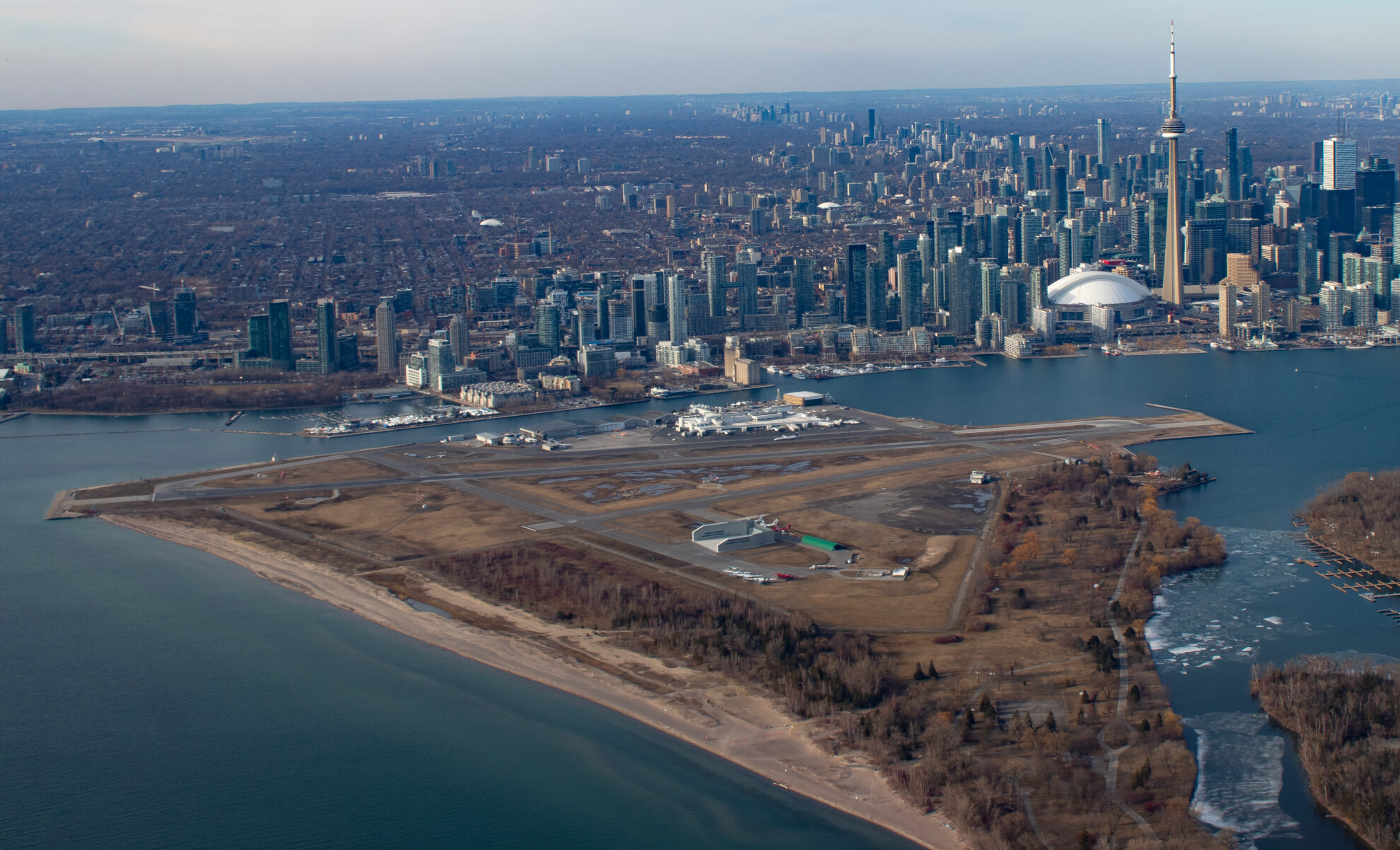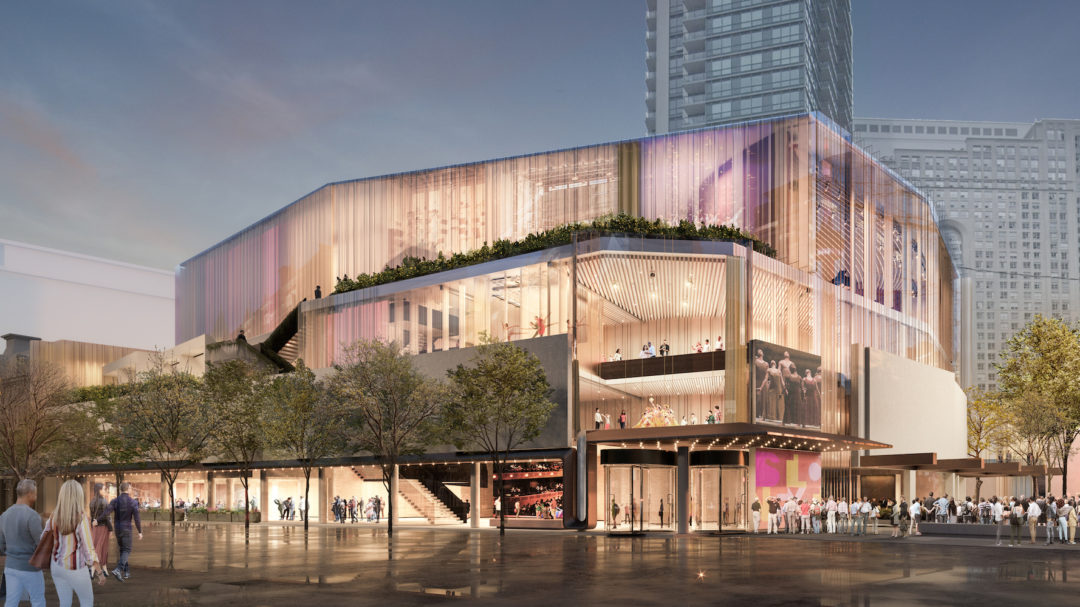Daryl Gonsalves –
Time and runway are running short for Toronto’s downtown airport to continue landing in Toronto’s future. New Transport Canada safety regulations require additional buffer zones at Billy Bishop Toronto City Airport by 2027, intended to reduce damage to aircraft that overshoot or overrun a runway.
On October 9, City Council voted 18-7 to pursue the least expensive option to comply with the federal regulations and agreed to a land mass extension to Billy Bishop’s runway. Council also added 12 years onto the airport lease, taking it to 2045.
Although the Billy Bishop airport first started operating in 1939 (as the Toronto Island Airport), since 1963 a tripartite lease and operating agreement among the City of Toronto, PortsToronto and Transport Canada governs it. This agreement was set to expire in 2033.
PortsToronto, the federal agency that operates the airport, notes that two million passengers fly each year to more than 20 cities in Canada and the United States. Deborah Wilson, PortsToronto’s vice-president of communications, highlighted to the bridge that Billy Bishop drives $2 billion in economic impact each year. Wilson noted that in the latest Viewpoints public opinion survey commissioned by PortsToronto, 78% of Torontonians agreed that it makes sense to have an airport downtown and 83% said its governing agreement should be updated so Billy Bishop can continue to operate. Results are consistent with past PortsToronto surveys undertaken every two years, most recently in 2022.
Media reports incorrectly refer to a longer runway, Wilson noted, but the new regulations will not extend the runway or change the aircraft using it. Safety areas are to be added to the ends and only used if an aircraft undershoots or overruns.
PortsToronto and city staff studied several options to comply with the regulations and held public consultations. PortsToronto has advocated that any capital investment adding buffer zones should include an underground utility corridor providing the island with improved water, sewage and electrical supplies; a restricted-access bypass road for school buses and city service vehicles; and a new noise wall for local residents.
In order to comply with safety regulations, PortsToronto says it needs an extension of the Tripartite Agreement term to finance this capital-intensive project. Existing cash reserves are insufficient and lenders want certainty about the airport’s long-term future, PortsToronto says. It requested a 48-year extension of the airport lease, which would run until 2073.
Ed Hore, chair of the Waterfront for All community group, told the bridge that the city should study whether the Billy Bishop Airport makes sense or is better consolidated at Pearson Airport, noting its UP Express train link from Union Station. Airspace reserved for flight paths limits future residential density associated with priority developments such as the Port Lands, Hore added.
PortsToronto stated on October 10 it will work with city and federal partners to develop a plan based on the terms approved by City Council, including the 12-year term extension. But it continues to look forward to modernizing the Tripartite Agreement to secure the airport’s long-term future.




